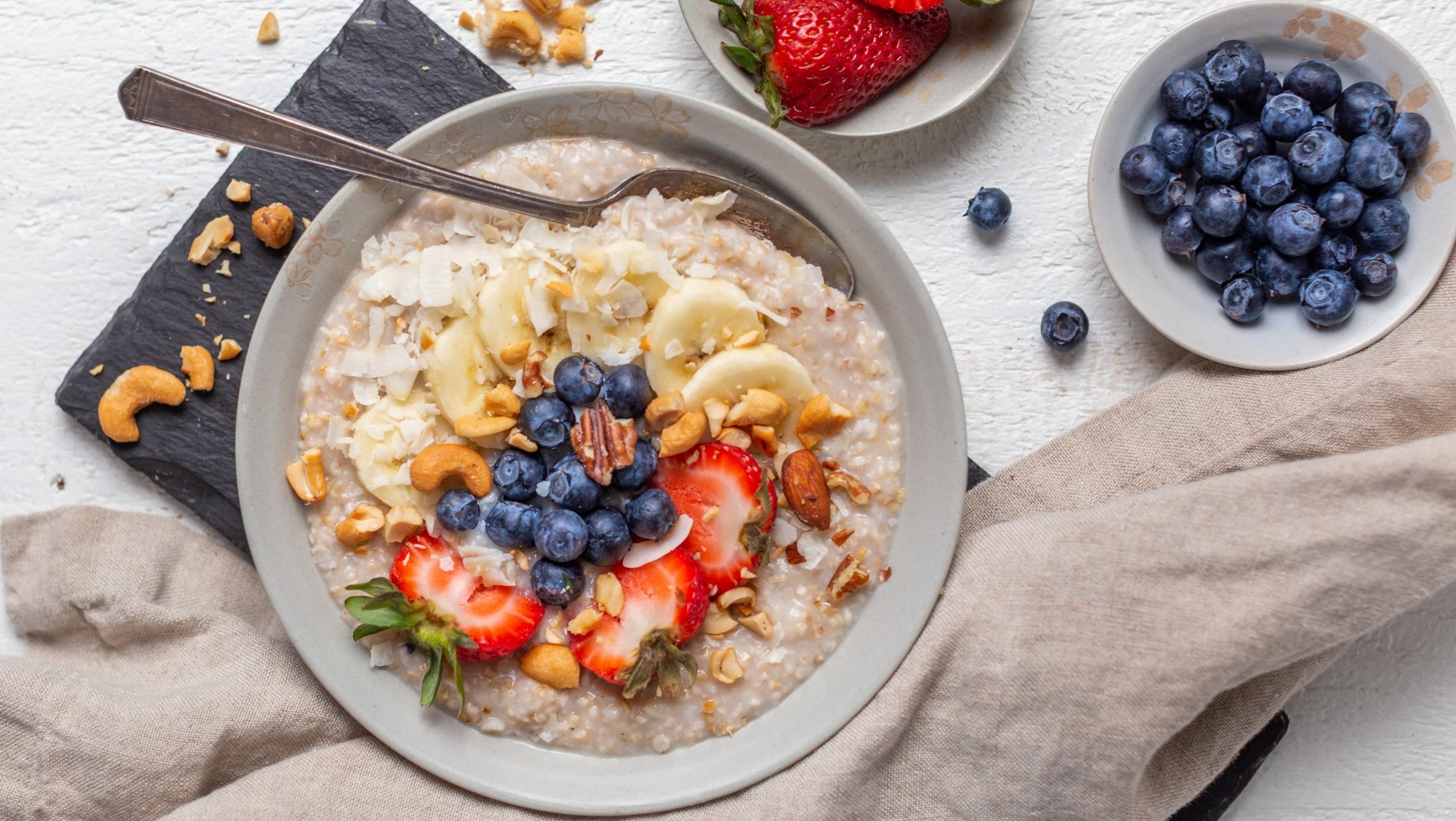Physical wellness is too often prioritised over mental health. While it is important to take care of your body, it is equally as important to focus on mental wellness too.
Making mental health a priority does not need to be complicated. You do not have to take an expensive vacation to relax or spend every single night meditating. This article will detail why it is important to take care of yourself mentally and list some everyday self-care routines.
Defining mental health
According to the World Health Organisation (WHO), mental health “is a state of well-being… and is fundamental to our collective and individual ability.”
In other terms, mental health allows us to “think, emote and interact with others.” Promoting mental health allows people to improve their psychological state.
Usually, mental health is colloquially termed “good” or “bad.” However, this adds to stigmas people face and cannot be used accurately to describe everyone’s experience. The impacts of psychological health differ greatly between all sorts of people.
Medical News Today explains “peak mental health is about looking after ongoing wellness and happiness.” When life becomes stressful or overwhelming, it can be hard to look out for our individual happiness and prioritise wellness.
When people experience mental illness, it can create a variety of complications. Additionally, these indicators manifest themselves in various ways depending on the individual.
The Mayo Clinic lists the below as some common symptoms that arise due to overlooking mental wellness:
- Feeling sad or down
- Confused thinking or reduced ability to concentrate
- Excessive fears or worries, or extreme feelings of guilt
- Extreme mood changes of highs and lows
- Withdrawal from friends and activities
- Significant tiredness, low energy or problems sleeping
- Inability to cope with daily problems or stress
- Major changes in eating habits
- Excessive anger, hostility or violence
- Suicidal thinking
Why is spreading awareness important?
Mental health awareness is often overlooked, so it is important to promote it whenever possible. Additionally, it is essential to let those know struggling with this that they are not alone.
Spreading vital information about psychological health allows for people to resist the stigmas that accompany it.
Raising awareness about mental wellness can help people recognise the signs and when to seek help. Additionally, being aware of the signs allows individuals to be proactive in their mental healthcare.
A major part of mental health awareness is rejecting the stigmas. Too often, people struggling with mental health deal with shame and pressure of needing to prioritise their wellness.
The first step in taking care of yourself is by feeling supported by those around you. People should not have to feel ashamed of taking a mental health day.
Since mental health can impact people differently, the remedies will vary as well. Below are some simple ways you can practice self care and prioritise.
Taking care of yourself
The list of self-care practices is never ending. Here are a few simple things you can do to take care of your mental wellness.
- Journalling: this is a great way to express your feelings, thoughts and reflect on your day
- Hangout with family or friends
- Spend the day outside, get some fresh air
- Pinpoint reasons for your stress, think of ways to find balance
- Experiment in the kitchen with new recipes
- Take a mental health day off work: when your body is telling you to slow down, listen!
- Seek out therapy or counselling: it’s more than okay to reach out when you need help
- Spend the day doing things that make you happy: get back into your hobbies!
- Meditate or practice yoga: mindfulness allows you to focus in on your intuition and can create a sense of relaxation
This list is not exhaustive. There are many other forms of self care and mental rejuvenation. Finding the activities and habits that best suit you is key.
Finding down time in your busy schedule is already difficult enough. However, it is important to remember to take time for yourself when you’re feeling burnt out.
Listen to yourself and be aware of the signs. Your mental wellness should not be pushed to the wayside.


